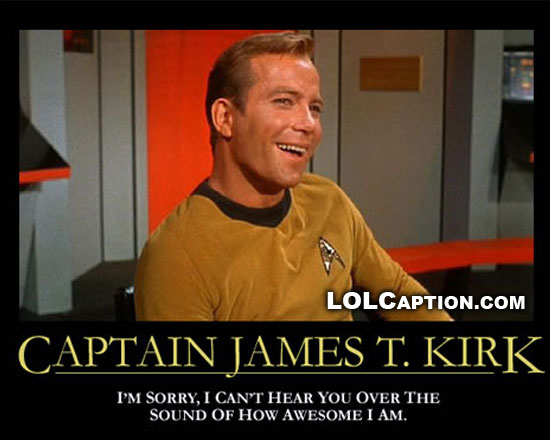I also mentioned The Hunger Games. I've read the first book and have the movie recorded. I'll write something after I watch the movie.My wife and I watched The Hunger Games last night, right after we saw the J.J. Abrams Star Trek movie. It was enough to make me sing "Science fiction, double feature, late night show." Combined with the previous night's viewing of Revolution, we got a good dose of J.J. Abrams and post-apocalyptic science fiction. In fact, Star Trek qualifies as both, just like Revolution. As I responded to a PoliticusUSA article asking "where's my Star Trek future?"
[T]he author is premature in his being disgruntled. After all, the original series is set in 2265 according to Wikipedia. That's 250 years off. We have plenty of time to get there, including a nuclear world war. Memory Alpha, the Star Trek Wiki, has that conflict running from 2026 to 2053. According to the future history of Star Trek, a horrible 21st Century isn't a bug, it's a feature. We might have the Star Trek future he wants after all. We'll just have to suffer for the next 50 years to get there.Not only is this true of Star Trek as a whole, it's true of this particular movie, as we get to watch the planet Vulcan implode into an artificial black hole at its core. Talk about collapse!
While J.J. Abrams went to great lengths to free his movies from the strictures of Star Trek canon by creating a new timeline that diverged just before Kirk's birth, he also went to great lengths to ensure that the characters would stay as intact as possible. Kirk is just as much a cocky, skirt-chasing wildman as ever (we even get to see him in bed with a green-skinned space babe), if not more so because he's younger and more damaged than the original. It's easy to see this 20-something grow in to the character who inspired "I can't hear you over the sound of how awesome I am" demotivational posters.

McCoy is the same pessimistic curmudgeonly worrywort, just a little younger. Spock is a bit more emotional than the original, highlighting his human side, but he's can be as logical and efficient as ever. It's not a bad change at all. Speaking of changes, Uhuru gets a major personality upgrade, something she needed from the original. She also gets to be Spock's love interest. Are we going to see a love triangle involving Nurse Chapel in this timeline? Another changed character is Scott, who is a little more fun-loving and rambunctuous. I'm not worried about that; he'll have plenty of time to become more dour as the series goes on. While all of the above are interesting differences in the portrayal of the characters, the differences all work.
On the other hand, Sulu and Chekov's characters are more like McCoy--just younger versions of themselves. That's not bad at all. In fact, one of my favorite moments came when Kirk asked Sulu what his hand-to-hand combat skill was. I just about fell off my couch laughing at the response--"Fencing." For someone who had been a Star Trek fan since the series first aired in 1966, it was perfect.
Oh, my!
Finally, I got to see one of my alma maters as Star Fleet Academy. Even before I watched the movie, I just knew that it would feature the Oviatt Library at CSUN. That building was so monumental that the students called in the Soviet Library. I was not disappointed.

As for how I felt about the movie, it left me feeling that the franchise was in good hands--and there will be a next movie in the franchise.
That's it for the first part of the science fiction double feature. The next installment will be about The Hunger Games.
No comments:
Post a Comment